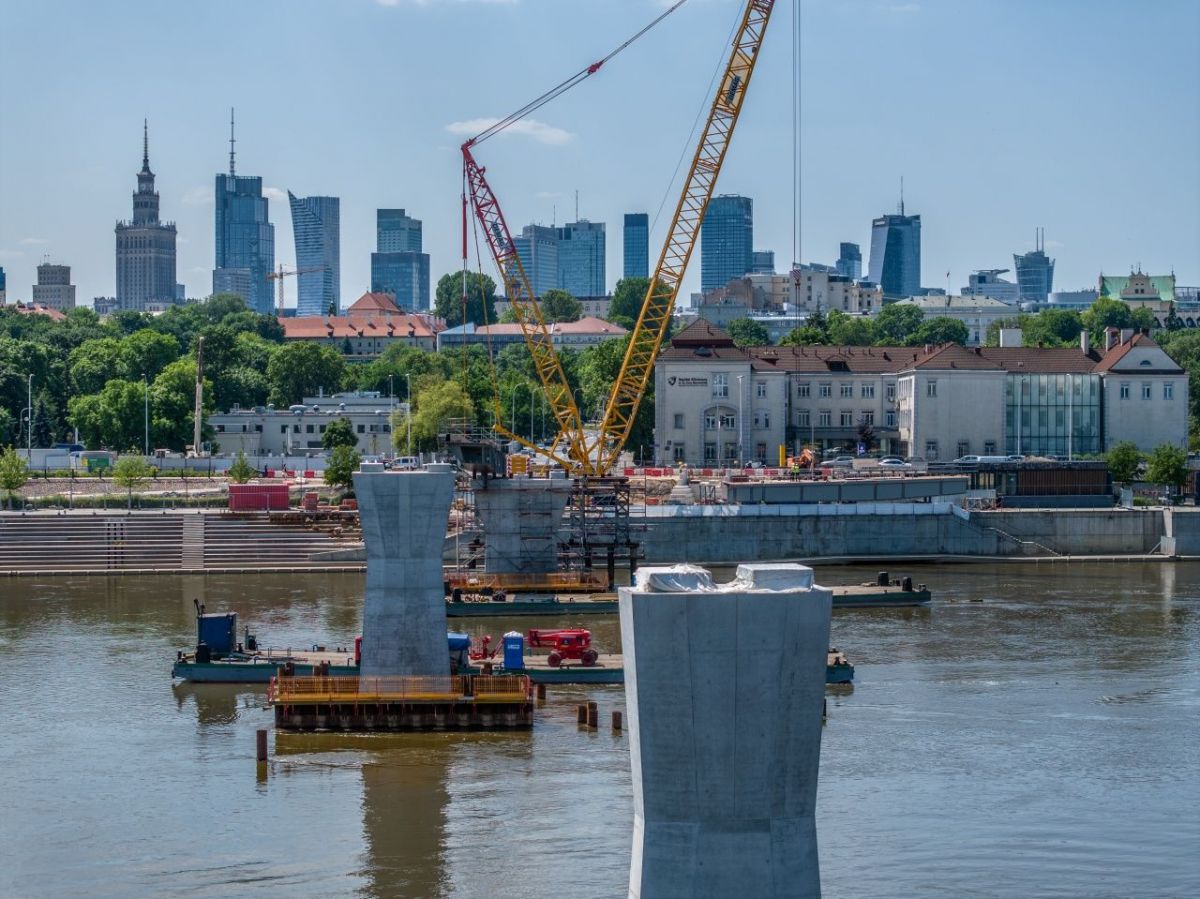In October 2022, the City of Warsaw announced that the number of cyclists had risen by 37 pct on the previous year and by 58 pct in comparison to 2020. Other Polish cities have also noted this growing trend, prompting them to build more bike paths and bridges to give both cyclists and pedestrians a safe way to cross our rivers.
Crossing the Vistula in Kraków and Warsaw
In May 2023, a tender was announced to select the general contractor to build a bridge over the Vistula in Kraków. The bridge, which will connect the Dębniki and Podgórze districts, has been designed by the Biuro Projektowe Lewicki Łatak architectural studio. It is to have a length of 130m and a width of 14m and will also include a viewing peer. Its flowing serpentine shape is intended to blend into its natural surroundings. Even though the bridge could be completed within the next two to three years, as the construction time is estimated at 26 months, it is still not known who the general contractor will be. T































































